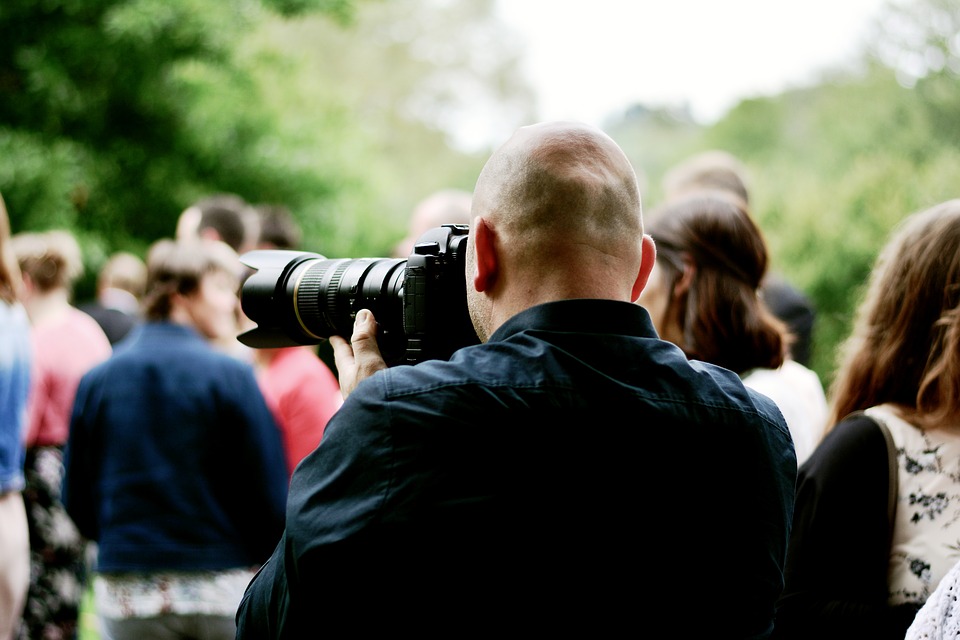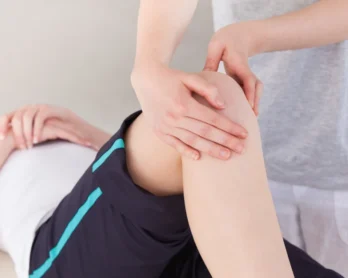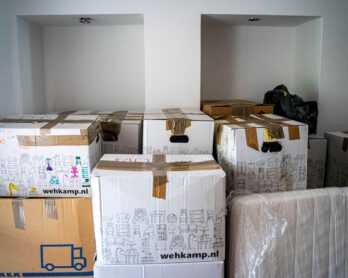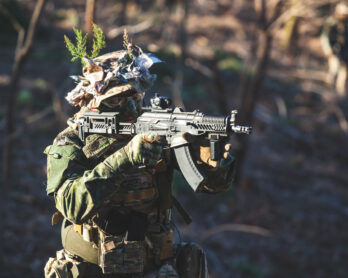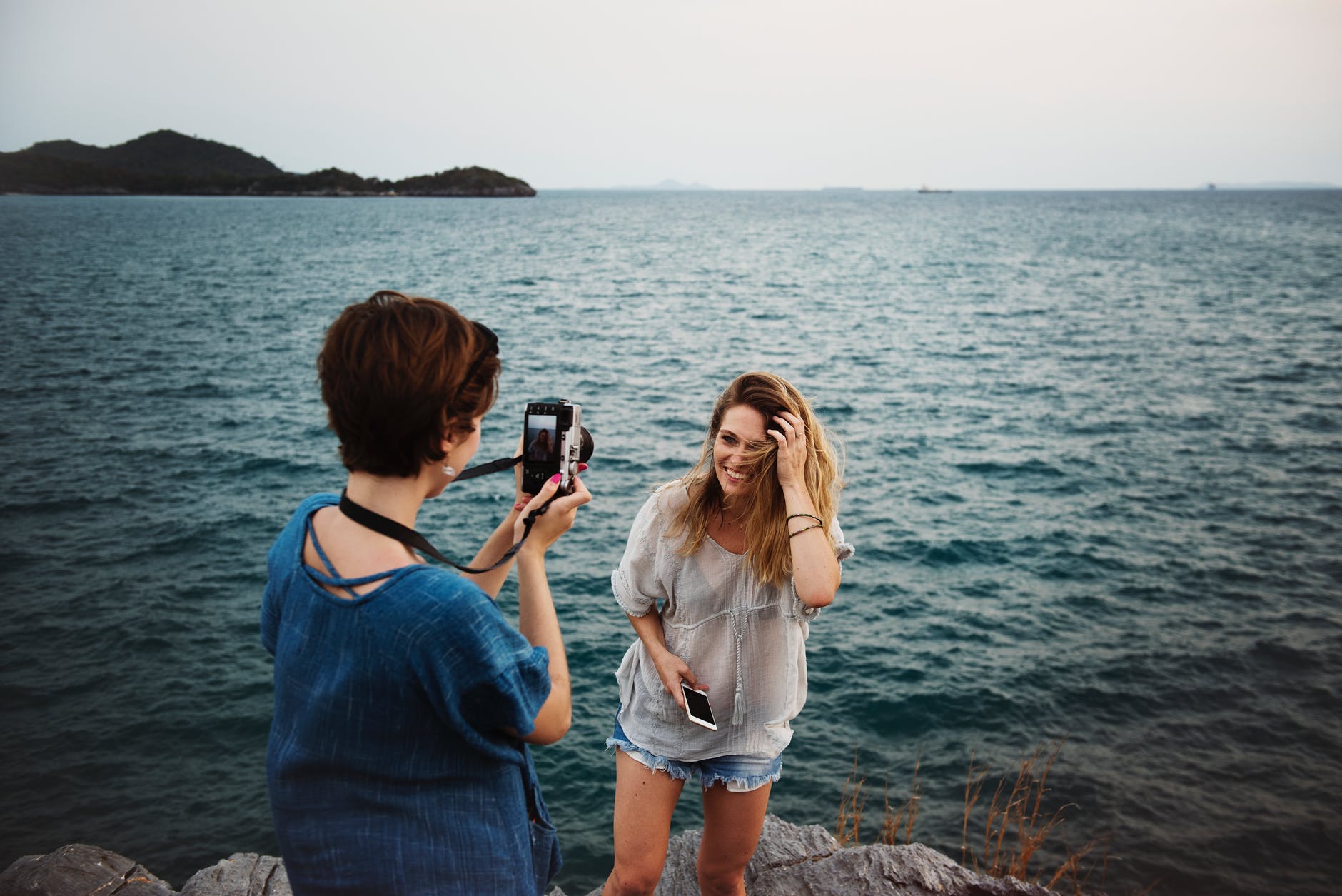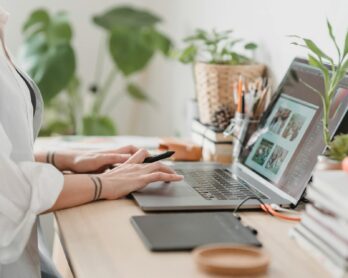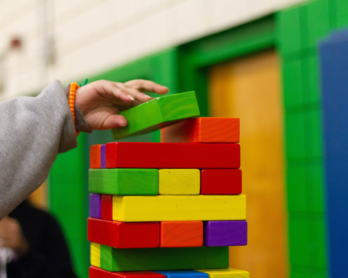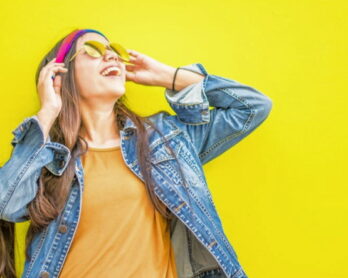It’s one of those “fashionable” hobbies; even more so now that it is so open to everyone courtesy of the modern smartphone. However, few would disagree that there is a big difference between good and great photographs – and this is where today’s guide steps into play.
In truth, it could take years to truly master the art of photography. At the same time, you can still make very good photo albums with some nifty tricks, which is what we’re about to cover.
Bearing this in mind, here are some key techniques that you can adopt in a bid to take your photography skills to the next level so that you can be successful.
There’s a key relationship between shutter speed and lens focal length
This first suggestion is one that sounds very technical, but is actually very easy to implement.
In short, you need to find a lens which matches the shutter speed you are using. If your shutter speed is 1/50 (or faster), your lens should be around 50mm.
The reason behind this correlation is simple. When you start to use longer lenses, they become much harder to control. This is perfectly reasonable as well; after all, they are much heavier. The upshot of this is that you are often left with images which are somewhat blurred, as the camera has moved slightly. Therefore, by having a faster shutter speed, you can immediately quash the chances of this shake occurring and get better photos in the process.
Keep both eyes open whilst shooting
This next tip might sound almost absurd to some of you, particularly if you have been practicing photography for a long period of time. The natural thing for most of us to do is to close one eye whilst looking through the rangefinder.
Well, there are plenty of instances where such an approach isn’t going to be fruitful. If you are shooting a person, keeping both eyes on them has proven to provide more connection with them. When one of your eyes is closed, some people feel as though you are hiding.
Then, if you are a photographer who often captures moving objects, you can benefit as well. You can use your other eye to see when a specific subject is about to enter the frame, and take your photo accordingly. Again, this can be great for any form of action – with sports photography being a prime example.
Use both RAW and JPEG
Most cameras will give you the option to shoot in either RAW or JPEG. At the same time, some will provide you with the opportunity to shoot in both. If your camera falls into said category, it’s time to take advantage.
RAW files are huge, everyone gets that. On the flip side, they do provide you with a lot of room for editing and this is where they come in use. However, if you are in the position where the JPEG file is acceptable, you can immediately delete the RAW and just benefit from the smaller file size. In other words, it provides you with immediate flexibility.

